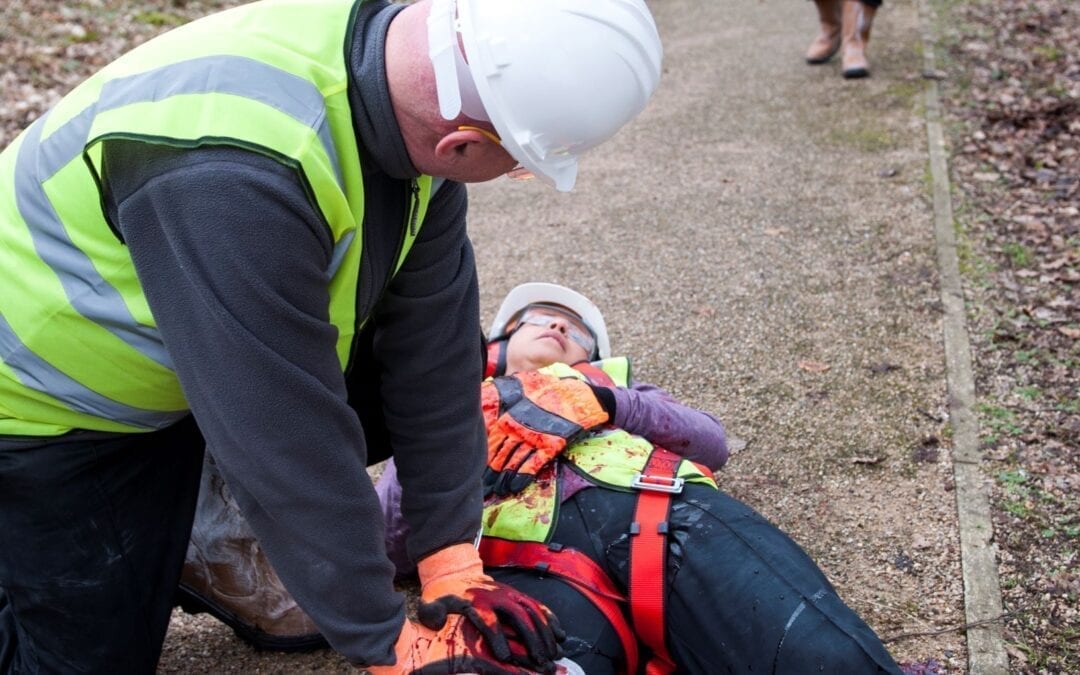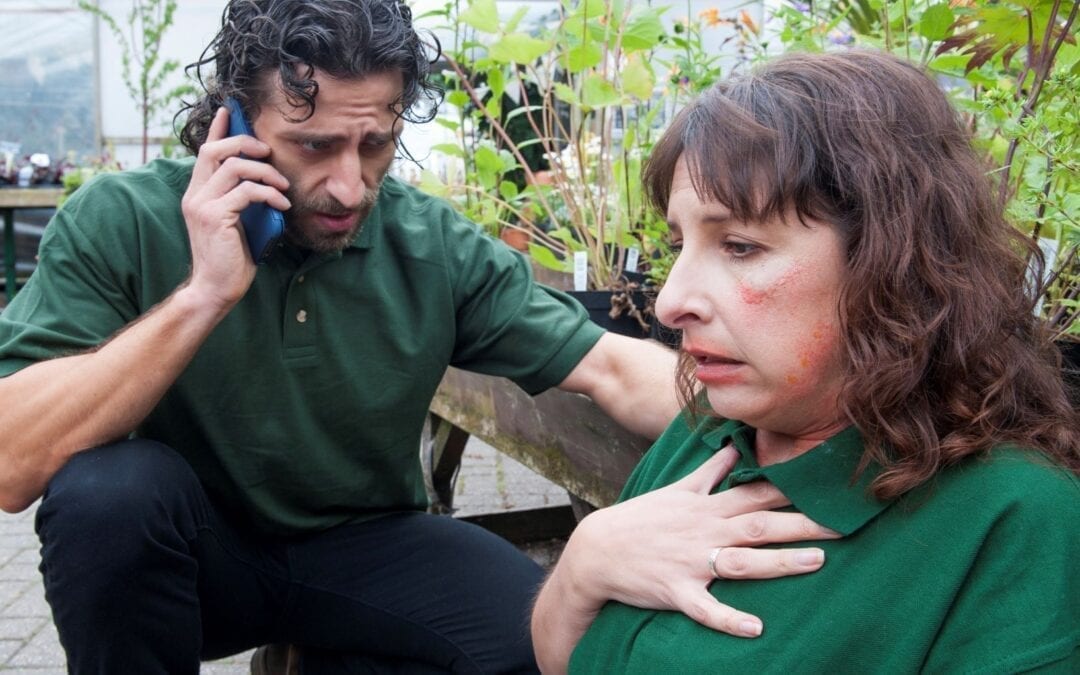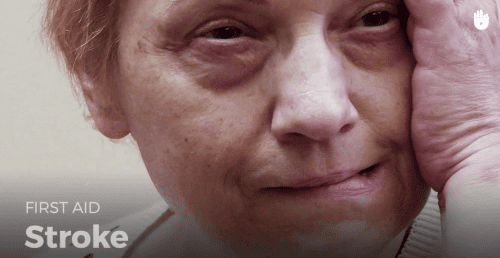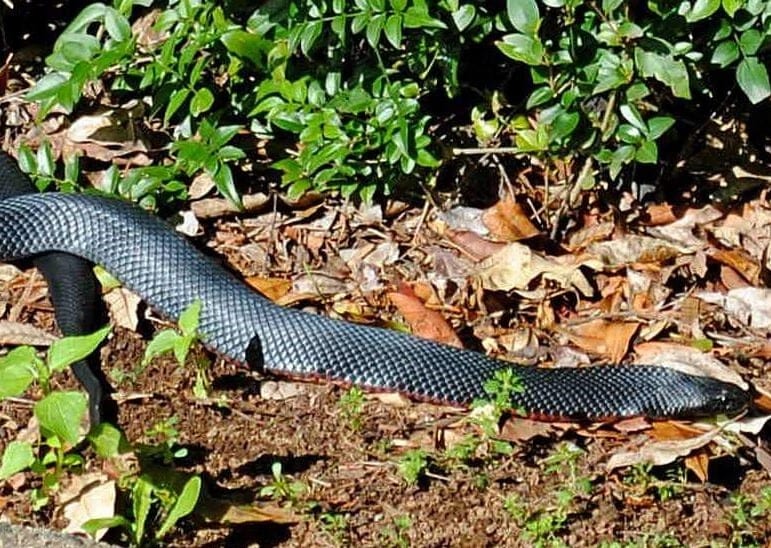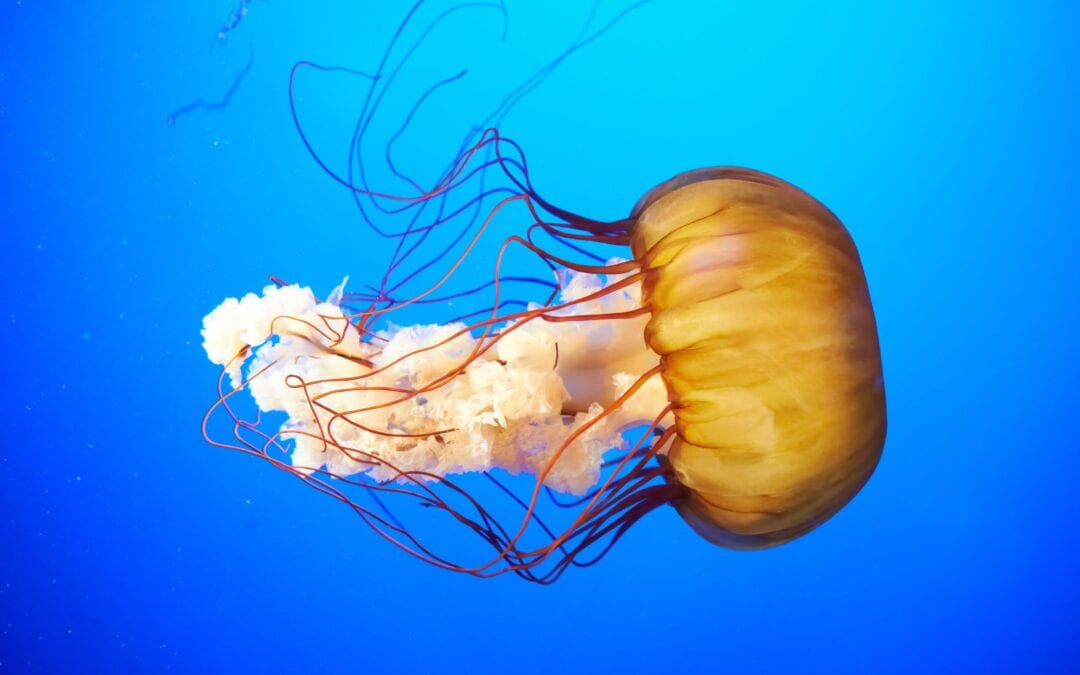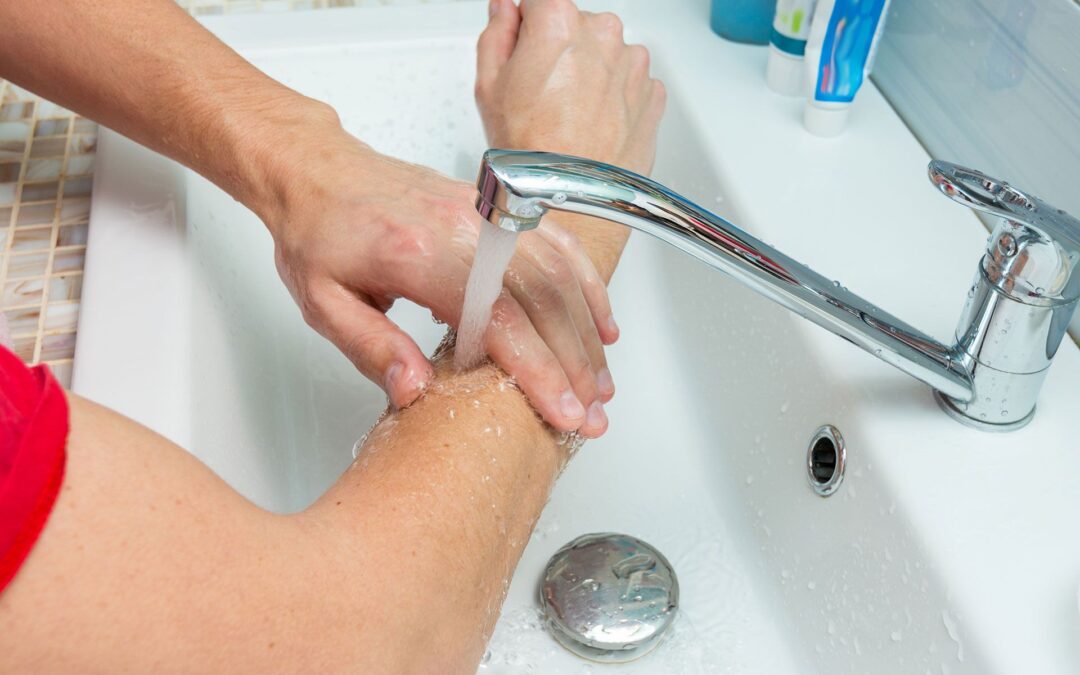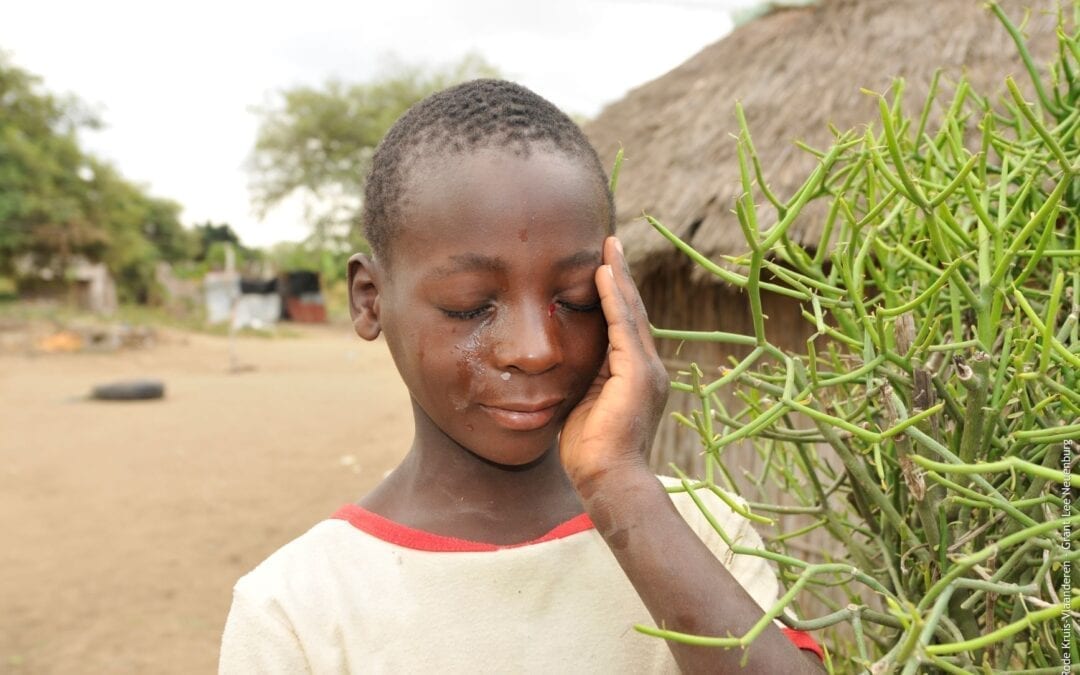Shock Identify the signs of shock and provide care accordingly while supporting blood circulation. Save this page as a PDF A person experiences shock when their circulation system fails and major organs and tissues do not receive enough blood (and therefore, oxygen). A common cause of shock is...
Allergic reaction and anaphylaxisStop further contact with the allergen and help the person to use their medication. Save this page as a PDF Allergies are relatively common, presenting on the skin (hives, itching, swelling), or in the airways (sneezing, snuffles) and sometimes accompanied by...
StrokeRecognise the early signs of stroke and access emergency medical services for help immediately. Save this page as a PDF A stroke occurs when the blood flow to part of the brain is interrupted. This can be caused by bleeding in the brain, or a blockage of a blood vessel such as by a blood...
Poisoning Quickly try to identify the poison, the amount and when (or how long) the person was exposed to it. Save this page as a PDF Poisoning is when a person is exposed to a substance that can damage their health or endanger their life. Most poisons are swallowed or inhaled; however, they can...
Chest painRecognise the symptoms that may indicate a heart attack and access emergency medical services immediately. Save this page as a PDF Chest pain can indicate a range of conditions related to the heart, lungs or rib cage. For first aid providers, the most critical is the risk of a heart...
SnakebitesHelp the person keep as still as possible to slow the spread of the venom. Save this page as a PDF Most snakes are harmless to humans, but some are venomous. A venomous snake injects venom through its fangs and the bite can be life-threatening. If possible, identifying the type of snake...
Aquatic animal injuriesRemove any stinging cells from the skin and apply heat to the injury to reduce pain. Save this page as a PDF Aquatic animals include those found in both salt and freshwater. Most are harmless; however, some jellyfish and venomous fish can produce stings that can be painful...
Insect bites or stingsRemove the stinger or insect from the person to prevent the further spread of venom or disease. Save this page as a PDF Insect bites and stings can transmit diseases (such as malaria, encephalitis or Lyme disease) and can cause wounds that can become infected. Certain insect...
Mammal bitesClean the bite wound by rinsing it with clean water as quickly as possible to minimise the risk of infection. Save this page as a PDF Bites from mammals, such as dogs, cats, monkeys, bats and humans, are common and can cause infections. There are 4.5 million people bitten by dogs every...
Acute lower back pain Help the person take the recommended dose of painkiller or apply heat wrap therapy to relieve back pain. Save this page as a PDF Lower back pain is common, and many adults experience it at some point in their lives. Common causes of back pain include...
Head injuryRemove the person from their activity and observe them for signs of a concussion or other brain injury. Save this page as a PDF Head injuries are common across all age groups, but particularly in young children, sportspeople, and older adults. They can range from being minor (requiring...
Spinal injuryHelp the person to keep as still as possible to prevent further damage to their spine. Save this page as a PDF Spinal injuries can be caused by falling or diving from a height, being crushed by machinery or a heavy object, or being involved in road traffic collisions or sporting...

